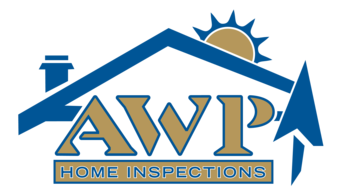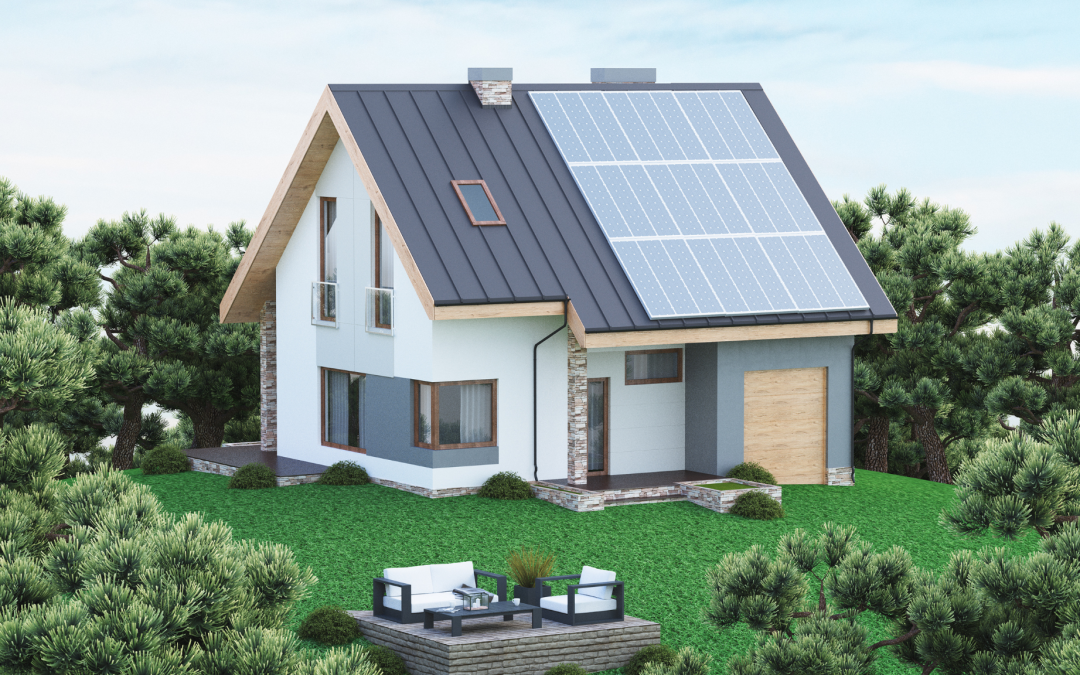Looking for eco-friendly home tips 2025 that actually work? You don’t need a total remodel. Small, consistent moves—LEDs, leak fixes, smarter heating/cooling—add up fast, cutting your bills and creating a healthier space for your family.
Quick Wins (Do These First)
-
Swap in LED bulbs throughout your home.
-
Fix leaky faucets and running toilets.
-
Install low-flow showerheads and aerators.
-
Set your thermostat schedule (or use a smart thermostat).
-
Start a simple recycling + compost setup.
-
Switch to plant-based cleaning products or DIY (vinegar, baking soda).
1) Choose Energy-Efficient Appliances
When replacing a fridge, dishwasher, washer, dryer, or HVAC, select high-efficiency models (look for ENERGY STAR / EnergyGuide labels). Smart appliances can schedule cycles during off-peak hours for extra savings. While upfront costs can be higher, the lifetime savings on electricity and water usually pay you back.
Pro tip: Prioritize the biggest energy users first: HVAC, fridge, washer/dryer.
2) Optimize Heating & Cooling
Nearly half of home energy use goes to temperature control. Make your system work less:
-
Seal and insulate: Weatherstrip doors/windows, caulk gaps, insulate attics and crawl spaces.
-
Smart thermostat: Auto-adjusts when you’re away or asleep.
-
Efficient air movement: Ceiling fans improve comfort so you can set temps a bit higher (summer) or lower (winter).
-
Heat pumps & zoning: Modern heat pumps + zoned systems boost comfort and cut waste.
-
Maintenance: Replace filters and schedule routine servicing.
3) Reduce Water Use
Water conservation saves resources and dollars:
-
Fix leaks (even slow drips add up).
-
Install low-flow toilets and showerheads.
-
Consider a tankless water heater for on-demand efficiency.
-
Reuse greywater (where permitted) and collect rainwater for irrigation.
-
Landscape with native or drought-tolerant plants to slash watering needs.
4) Upgrade to Sustainable Lighting
LEDs use less energy and last far longer than incandescents. Pair with:
-
Motion sensors/timers outside.
-
Daylight maximization (open curtains, use light-filtering treatments).
-
Solar path or security lights for a quick, plug-and-play green upgrade.
5) Use Eco-Friendly Cleaning Products
Skip harsh chemicals that degrade air and water quality. Opt for:
-
Plant-based, biodegradable formulations.
-
Concentrates and refills to cut plastic.
-
DIY basics: vinegar, baking soda, lemon, castile soap.
6) Reduce, Reuse, Recycle (and Compost)
Keep materials in circulation:
-
Buy products with minimal or recyclable packaging.
-
Repurpose jars/containers and repair before replacing.
-
Create a clearly labeled recycling station for paper, plastics, metals.
-
Compost food scraps and yard waste to enrich soil and reduce landfill methane.
7) Go Green Outdoors
Your yard matters:
-
Plant natives suited to your climate—less water, fewer chemicals.
-
Add mulch to retain moisture and suppress weeds.
-
Compost kitchen/yard waste for a free, nutrient-rich soil amendment.
-
Consider rain barrels and electric/battery mowers to cut emissions.
8) Practice Mindful Consumption
Before you buy, ask: Do I need this? Choose quality over quantity and favor ethical, transparent brands. Supporting local businesses reduces shipping impacts and strengthens your community.
Room-by-Room Ideas
Kitchen
-
Efficient refrigerator, induction cooktop, and a high-efficiency dishwasher.
-
Reusable produce bags, beeswax wraps, and glass storage.
-
Countertop compost pail to make diversion easy.
Bathroom
-
Low-flow fixtures, water-smart shower routine, refillable toiletries.
-
Nontoxic cleaners and ventilation for better indoor air.
Laundry
-
Wash cold, full loads; line-dry when possible.
-
High-efficiency washer; wool dryer balls to shorten dry time.
Living Spaces
-
LEDs + smart plugs.
-
Rugs and thermal curtains to improve comfort and reduce HVAC burden.
-
Houseplants for a natural touch (and a nudge toward mindful care).
Budget Tiers: Start Where You Are
$ (Free–Low Cost): LEDs, thermostat schedules, leak fixes, DIY cleaners, recycling/compost setups.
$$ (Medium): Smart thermostat, low-flow fixtures, weatherstripping, rain barrels, ceiling fans.
$$$ (Bigger Upgrades): Insulation, high-efficiency windows, heat pump/HVAC, solar-ready electrical work, appliance replacements.
Your 30-Day Greener-Home Challenge
Week 1: Audit lighting, swap LEDs, set thermostat, create recycle/compost zones.
Week 2: Fix leaks, add low-flow aerators, set laundry to cold, try eco cleaners.
Week 3: Weatherstrip doors/windows, clean HVAC filters, add ceiling fans or schedules.
Week 4: Plan one bigger upgrade (appliance, insulation, or landscaping) and set a budget.
FAQs
Do I need to renovate to make a difference?
No. Most impact comes from habits and small upgrades—LEDs, thermostat schedules, fixing leaks, and smarter appliance use.
What’s the fastest bill-cutting change?
Thermostat optimization + LEDs + sealing air leaks typically deliver immediate savings.
Are eco cleaners as effective?
Yes—look for third-party certified products or mix simple DIY solutions for everyday tasks.
What if I rent?
Focus on portable changes: LEDs, smart plugs, low-flow showerheads (keep the original to reinstall later), draft stoppers, and countertop composting.
The Bottom Line
Sustainability isn’t about perfection—it’s about progress. Start small with quick wins, build momentum with mid-range upgrades, and plan for big changes as budgets allow. In 2025 and beyond, an eco-friendly home means healthier living, lower bills, and a positive impact that compounds over time.
AWP Home Inspections offers professional commercial inspection services in West Central and Central Indiana. Contact us to request an appointment.

